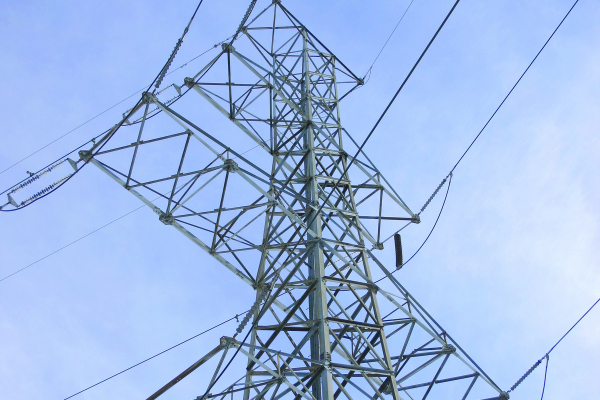
INDEPENDENT power producers (IPPs) are contributing 2% of energy supply to the national grid, the Zimbabwe Energy Regulatory Authority (Zera) has revealed. There are 13 IPPs operating nationally generating 130 megawatts (MW) of power.
BY STAFF REPORTER
These include Duru mini hydro (2,20MW), Green Fuel (18,30MW), Nyamhingura Mini Hydro (1,10MW), Hippo Valley Estates (33MW), Triangle Estates (45MW), Pungwe B Power Station (15,25MW) and Pungwe C Power Station (3,75MW).
Kupinga Renewable Energy (1,60MW), Hauna Power Station (2,30MW), Claremont Mini Hydro (0,30MW), Nottingham Estate (1,5MW) and Riverside Power Project (2,5MW)make up the rest. Hippo Valley, Triangle and Nottingham produce for own consumption.
Therefore, the total energy contribution was 334,1 gigawatts per hour (GWh) in 2017 down from 509,3GWh the previous year. Both figures constituted a 2% contribution during the respective years under review.
Zera said eight of the IPPs are situated in the eastern border province whose mountainous terrain has proved to be conducive for mini-hydro power plants.
“There are also six community owned off-grid and micro hydro mini-grids developed by NGOs (non-governmental organisations) in Manicaland and they generate 195kW (kilowatts). About four projects were licenced and became operational in 2017 and these include Hauna Hydro Power Plant −2,30MW, Kupinga Hydro − 1,6MW, Claremont Hydro − 0,30MW and Nottingham Estate solar plant − 1,5MW,” Zera chief executive officer Gloria Magombo said.
Magombo said the energy regulator continues to inspect potential projects in a bid to boost the country’s energy sector.
- Chamisa under fire over US$120K donation
- Mavhunga puts DeMbare into Chibuku quarterfinals
- Pension funds bet on Cabora Bassa oilfields
- Councils defy govt fire tender directive
Keep Reading
“Zera visited and conducted inspections on Chipendeke, Himalaya, Nyafaru, Ruti solar irrigation scheme, Gwanda-Mashaba solar mini grid, some REA (Rural Electricity Authority) solar mini grids and all the utility scale hydro projects in Manicaland province,” she said.
Magombo lamented that most IPPs outside the eastern province had not taken off owing to a number of issues.
“There are licenced solar projects that have not taken off the ground that are at different levels of project preparation which include conclusions on EIAs (environmental impact assessment), detailed feasibility studies, PPAs (power purchasing agreements) and financial closure,” she said.
Zimbabwe’s current peak power demand is 1 600MW, down from 2 200MW a decade ago owing to deindustrialisation.
Kariba South Power Station has since ramped up generation to 1 050MW this month following the completion of its extension project, up from 520MW last year. Hwange Thermal Power Plant has further scaled up production to 661MW as at January this year.











